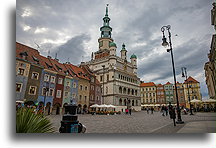
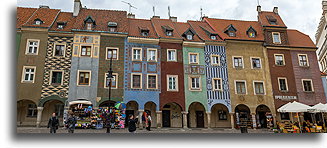
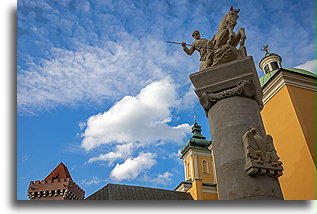
The beginnings of Poznań, the capital of Greater Poland, are connected with the rule of the Piast dynasty in this region. It was one of the first Polish strongholds, along with Giecz, Ostrów Lednicki and Gniezno. Today, however, the symbol of the city is the Renaissance market square with the characteristic town hall. The town hall tower has suffered several times due to lightning strike, strong winds or warfare. The present appearance of the town hall is largely the result of work from the second half of the 17th century and renovation in the 20th century. Over time, the famous Poznań goats, originally installed in 1560, were also destroyed. The ones that we can currently see every day at noon, returned to the town hall only in 1913.
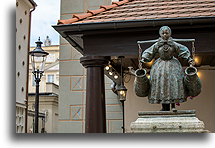
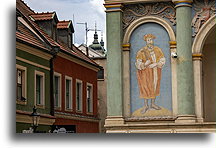
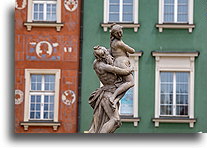
The Bamberka Well standing in Poznań Old Market Square dates back to 1915. It depicts a woman in Bamberg costume, with a carrier once used in winemaking. It was created to commemorate the arrival of German settlers from the Bamberg in Bavaria to Poznań in the early 18th century. It was created by the Berliner sculptor Joseph Wackerle. In Nazi Germany, Wackerle was an artist highly regarded and awarded by the highest leaders. Hitler personally included him on the list of the greatest sculptors of the Reich, which exempted him from military service in the German army.




